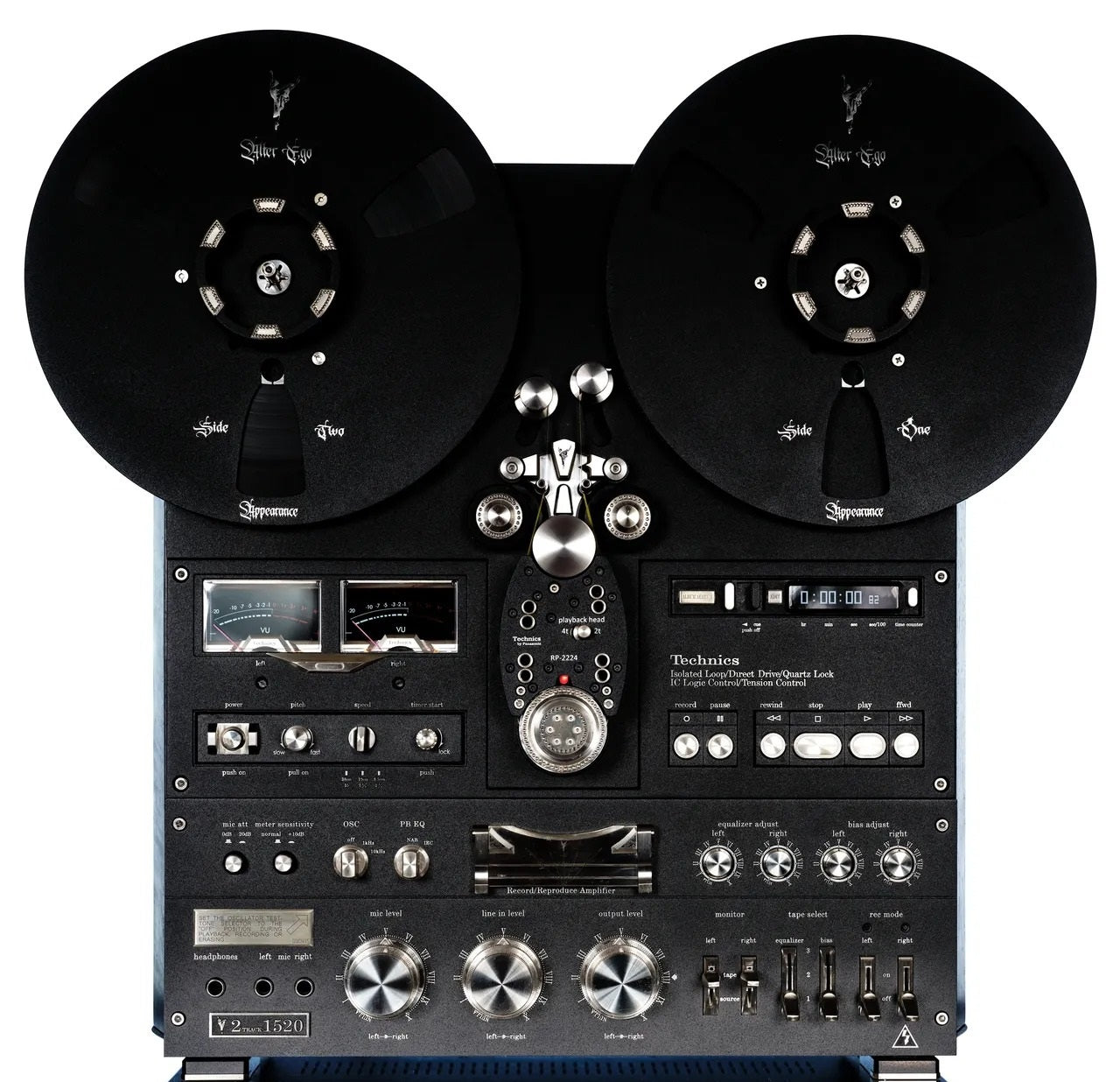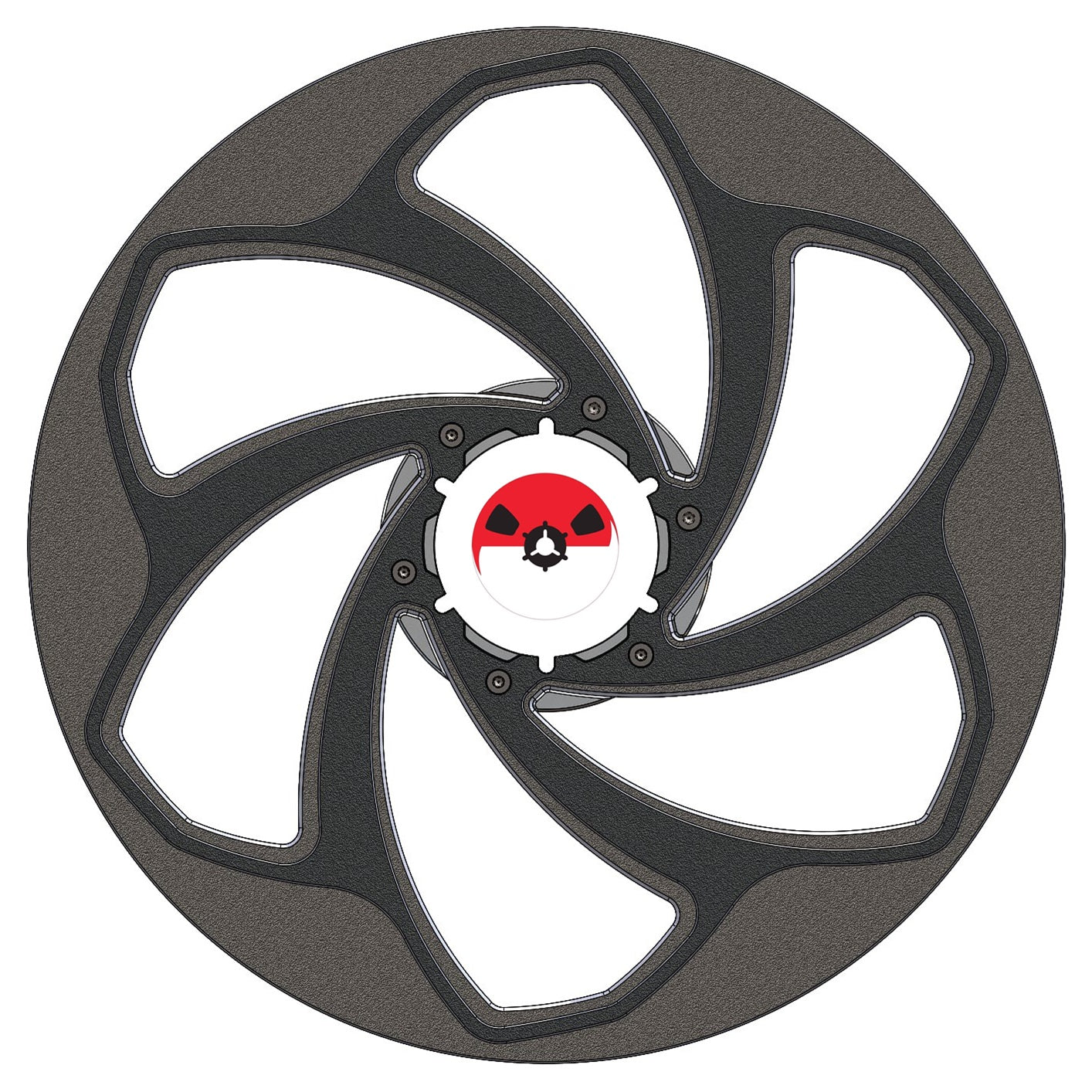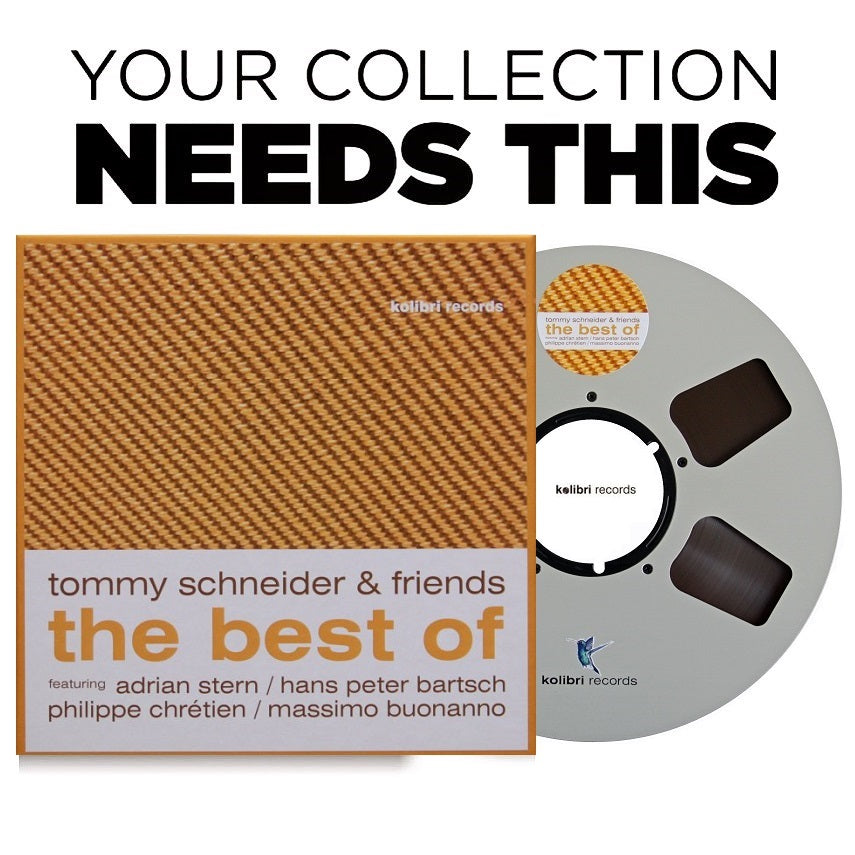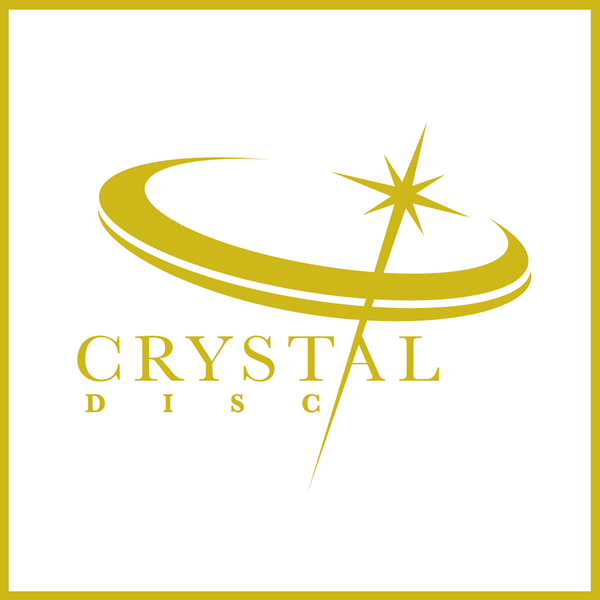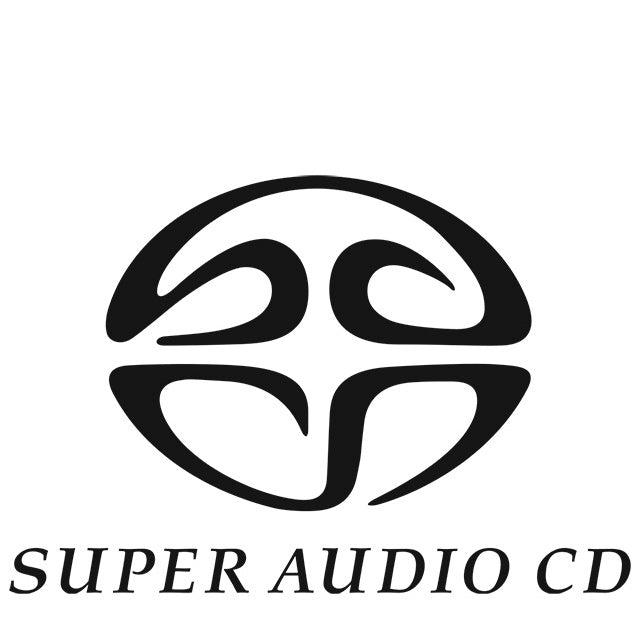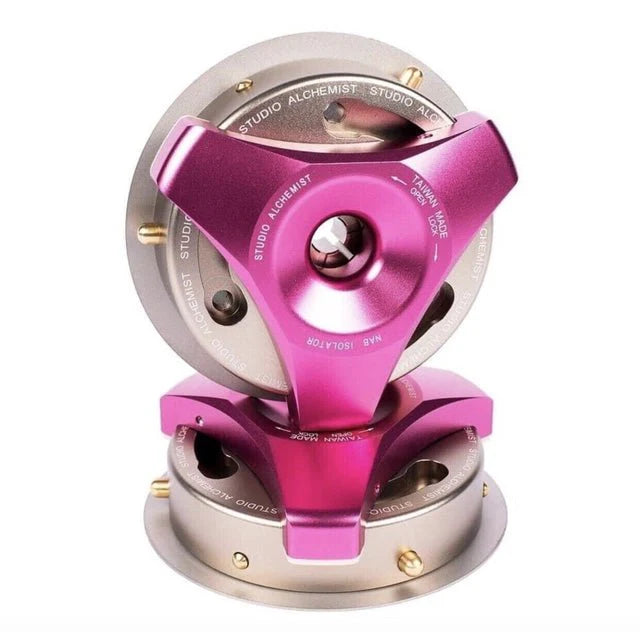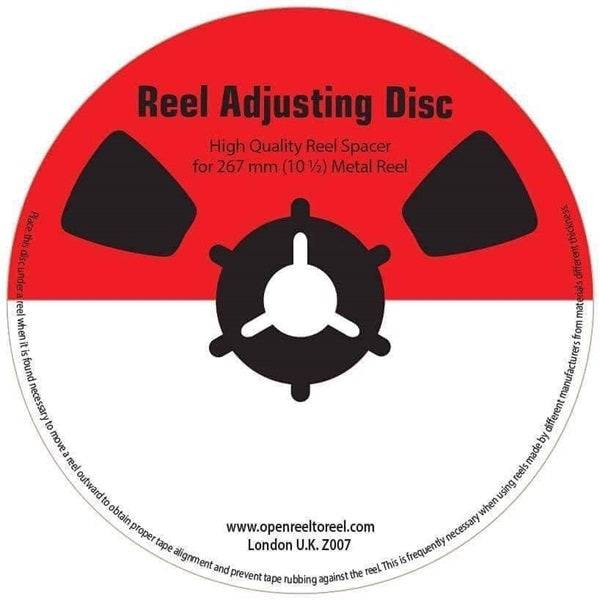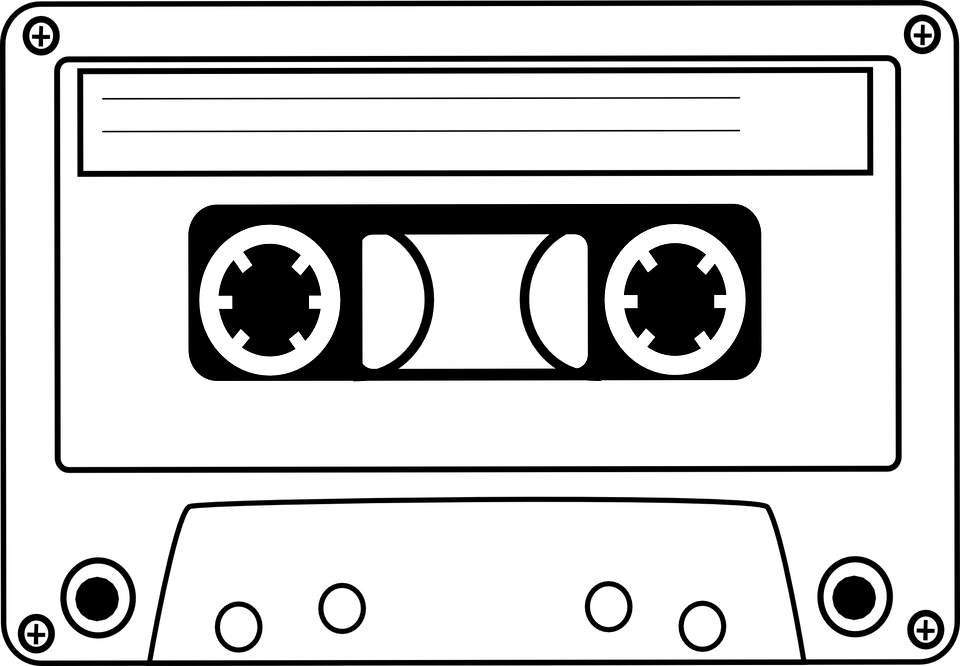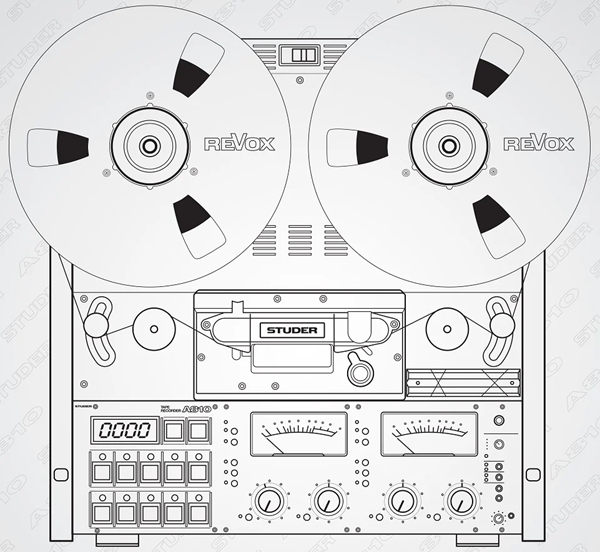Categories
Custom Services
-
Free Delivery
From £995.95
-
Support 24/7
Online 24 hours
-
Free return
30 a days
-
payment method
Secure payment
Tactile Tone
An analogue, mechanically precision-engineered pre-amplifier using all of todays cutting edge components and design.
Back to the roots of true high end audio, an analogue, mechanically precision engineered pre amplifier using all of todays cutting edge components and design ........

'Tactile Tones Precision Preamplifier - UK Edition' sports bespoke and dedicated power supplies built solely for the UK market / power grid.
Key highlights
Linear volume control
Our volume control is nearly linear in the region -20 to 18 dB. This, along with the excellent channel balance, results in a decent volume control experience. The volume control scales are calibrated, allowing for precise level control.
MM and MC Phono stage
Both moving magnet and moving coil cartridges are supported. The moving coil cartridges have
a one-size-fits-all 100 Ohm cartridge load resistance and adjustable gain of 34 and 20 dB. The phono stage is also equipped with 3rd-order subsonic and 1st-order ultrasonic filters.
Parametric Tone Control
Our tone control is equipped not just with gain but also with frequency adjustment, making it a real parametric EQ that allows for precise record and room correction.
History
Tactile Tone is a young brand founded by two ex-collegues, both are Alexander's in 2022. We're operating in Czechia, the PCB's and enclosures are produced in Czechia and final aseembly and testing is done in our assembly facility in Kladno.
One of the founders is responsible for the concept and all things technical, and the other is driving the visual part and aesthetics.
The development of PP began in November 2021, during the COVID-19 pandemic lockdowns, which was also when the brand was born.
The initial idea was to build an affordable high-end preamp within the £900 range. So I started building the first prototype using a ready-made enclosure from Hifi2000 and Douglas Self's Precision Preamplifier concept from 1996 as a starting point.
I was drawn to Mr. Self’s engineering principles, as he always pursued practical, low-cost, and high-performing solutions. To fit the schematic into the enclosure, I had to design a new PCB and adapt the circuit to the components I was able to source. The front panel design played a significant role in this process.
The front panel is the "face" of the device, so I wanted it to be aesthetically pleasing. The best way to achieve this was by investing time into the layout of the controls and graphic design.
After a week of evening work, I produced an initial version. However, I wasn’t happy with how it looked—the components didn’t feel naturally placed, and I struggled to achieve visual balance.
I decided to send a photo to my old friend and ex-colleague Alex Ustinov. He has decades of experience in brand design, UX, and UI projects and has helped grow hundreds of graphic designers.
He asked thoughtful questions about the device and the purpose of each control. Together, we created a mood board of all the available controls from electronic distributors. Most of them are not designed for home use and have a rugged, industrial aesthetic.
Nevertheless, we found the best possible combination of knobs and switches, and Alex arranged them in a visually pleasing and coherent layout. The front panel began to spark the viewer's imagination.
That was the moment when I decided to do a small-scale manufacturing. Since I was new to the industry, I wanted to gather some feedback on the device before launching production. The obvious option was to apply as an exhibitor in the startup area at the High End Show in Munich.
Next, I spent around two months working on PCB layouts, CNC drawings, and adapting the schematic for our own version of the PP. On the right there are photos of the fully assembled first version.
The device was visually striking, and we fell in love with it. The layout wasn’t just a typical result—it felt like a stroke of luck. And not just for us; we believed the entire industry could benefit. So, we took on the mission of making it available to everyone. But that’s where the difficult part began.
After presenting at High End Munich, I returned with three sheets of A4 paper filled with suggestions and requirements detailing everything that needed to be done in order to make the device market-ready.
It turned out that so many changes were necessary that we ended up developing a second version. This new version features remote control, balanced connections, a 12V trigger, subwoofer output, and our own custom enclosure.
We still plan to return to the first version and offer it at a very affordable price, with V2 serving as its more advanced older sibling.
Philosophy
At Tactile Tone we value the human being. Therefore, delivering well made products from an industrial design standpoint is the key idea of our R&D. We're also taking 10 principles for good design developed by Dieter Rams seriously.
Today, the high-end audio industry is diversifying. On one end, there’s esoteric, high-priced gear; on the other, there's a faint light of affordable, unpretentious devices. We see ourselves in the latter camp, and we strongly believe that innovative high-end audio should be accessible.
In an age when electronic components are inexpensive, there's little justification for extreme pricing or for equating cost with sound quality.
While I can’t claim that the Precision Preamplifier is a budget device, its combination of rich functionality and careful industrial design is difficult to find at this price point.
And we’re not done yet - there’s still a lot to accomplish in terms of production engineering, logistics optimization and refining the product overall.
Sincerely yours,
Alex Sibiryakov
6 unbalanced inputs of which 4 have adjustable attenuation
The adjustable attenuation is required to get the signal to the same internal level from various sources. Therefore, this preamplifier perfectly pairs both vintage and new equipment in the same setup.
3-Head tape recorder support
For the 3-head tape recorders, the system allows listening to the recorded content by switching the tape replay switch. Tape input sensitivity and output are adjusted for good compatibility with a variety of vintage tape recorders.
Low-noise balanced connections
It may seem counterintuitive, but typical balanced inputs are noisier than unbalanced ones. To work around this problem, we've used six dual op-amps per channel to deliver a noise figure around 1 dB lower than the unbalanced input.
The device is also equipped with balanced output, allowing the placement of the amplifier at a long distance, or operation with active speakers.
“An audio device has to be made using the same principles as measurement equipment” — a theoretical physicist
What are the design principles of measurement equipment?
The accuracy of a measurement device depends on its precision and stability. Specific schematic solutions and layout techniques must be applied to maintain optimal circuit performance.
Specifically, to minimize the noise floor, we reduced the impedance of the tone and volume control circuit to practical minimum values (10K potentiometers) and implemented buffering to isolate the impedance. During the design process, careful attention must be given to all potential sources of interference.
Every electronic component has a tolerance in its parameters. Resistance is never exactly 1 kilohm, capacitance is never 100 microfarads, and an operational amplifier never maintains a perfect gain of 1.
These parameters change over time due to temperature variations and other environmental factors.
These typically include transformer stray fields, radio and TV waves, and signals from other audio channels.
In other words, a thorough analysis of all possible failure points and testing under the worst possible conditions ensures that the device meets our precision expectations when performing for our customers. The result of this design is clear and natural sound, with minimal coloration.
It was essential for us to create a device that respects the traditions of classic analogue equipment, with its intuitive interface, tactile feel, and reliability, while combining it with modern electronics and connectivity
Ease of use
All button, switch, and potentiometer knobs are dimensioned for comfortable operation.
They are easy to press or hold in your hand. The contrast of light fonts against a dark background enhances the ease of use, even for people with weak eyesight.
The varying sizes of controls further contribute to this. The size of the knobs makes them easy to distinguish.
Feel the Click, Turn the perfectly formed knurled aluminium knob
Pressing buttons, you hear a satisfying sound, turning potentiometers, you 'feel' the metal brushing and clicking of the knob.
Fits anywhere
At 36 cm (14 in.) wide and 25 cm (10 in.) deep, it fits seamlessly into modern furniture—no need for a special table.
Pleasure of tactile interaction
People spend too much time with virtual interfaces—touch panels, voice control, assistants—losing the joy of tactile interaction. It’s like talking to a loved one without ever touching them !
Flipping switches and seeing lights respond feels like piloting an aircraft. That’s why we chose metal for the front panel. Its texture and feel bring tangible character to the experience.
The controls feature calibrated scales, allowing precise adjustment of volume, balance, and tone.
Modern connectivity
- Includes a subwoofer output, 3-head tape recorder support, and 12V trigger input/outputs.
- Supports moving coil and moving magnet cartridges, balanced inputs, outputs, and six unbalanced RCA inputs.
- 4 of the 6 unbalanced inputs feature adjustable attenuation for convenient volume control.
- High-End headphone amplifier, with separate volume control.
- Full remote control included.
- Parametric 'Tone Defeat' switch.
Tactile Tone is a young brand founded by two ex-colleagues in 2022. We're operating in Czechia, and the final assembly and testing are done in our facility in Kladno.
One of the founders is responsible for the concept and all things technical, the other drives the visual part and aesthetics.
We strive to deliver products that are easy to use, have a great and interactive tactile experience, have something that enables the audiophile to fine tune and make bespoke for their own unique requirements, do what they need to do at a extremely high audio perfromance level, is indefinitely serviceable, will last for years, and offer incredible value for money.
The Precision Preamplifier is our first device, and we're incredibly excited about the future.



